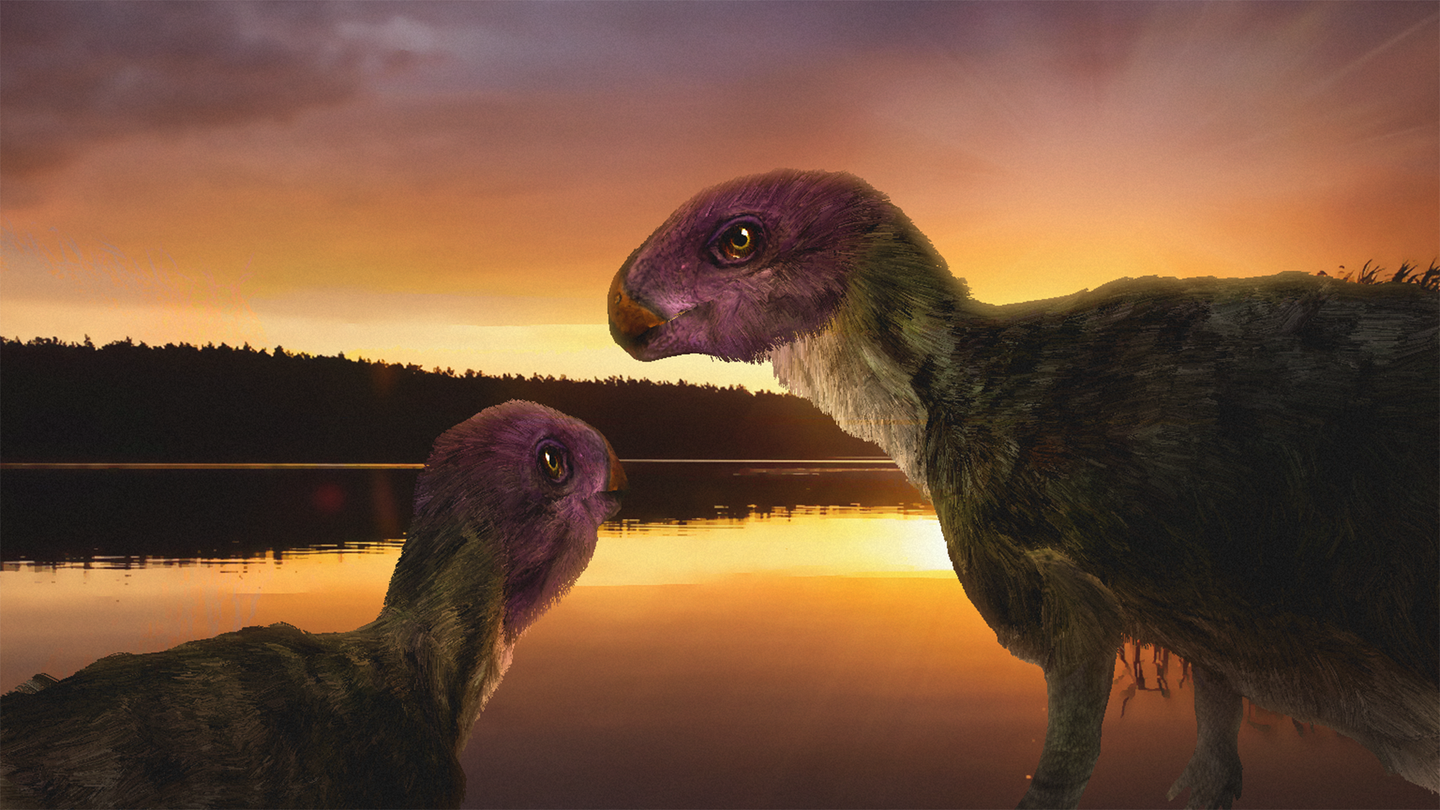New dinosaur species is nicknamed Jurassic’s ‘smallest runner’
The lion-sized Minimocursor phunoiensis grazed on grasslands across eastern Asia 145-200 million years ago.

Paleontologists have uncovered a new species of dinosaur that grazed along the grasslands of Thailand about 145 to 200 million years ago. Minimocursor phunoiensis lived during the late Jurassic age, and its well preserved fossilized remains were uncovered in northern Thailand’s Phu Kradung Formation.
[Related: Bite marks on Triassic fossils show signs of bloody dino decapitation.]
The findings were published earlier in July in the open-access journal Diversity.
“The Phu Noi locality contains a wealth of specimens and has yielded an exceptionally articulated skeleton, which represents one of the best-preserved dinosaurs ever found in Southeast Asia,” the team wrote in their conclusion. “This is the earliest record of neornithischians in Southeast Asia, and the first dinosaur taxon named from the Phu Kradung Formation of Thailand.”
Neornithischia is a clade of primarily plant eating dinosaurs that counts ornithopods, marginocephalians, and some small bipedal dinosaurs among its ranks.
The team first uncovered the remains in 2012 and analyzed the fossils for over six years before officially concluding that the remains belong to a whole new species of dinosaur. They looked at 225 characteristics of the skeleton, and found roughly five unique traits in M. phunoiensis’ hips, face, and hands. It had a distinctive small bony lump on its jaw and an uncommon flange on the pubic bone.
Study co-author Sita Manitkoon from the Palaeontological Research and Education Centre at Thailand’s Mahasarakham University, told the Australian Broadcasting Corporation that this was a unique find. “It’s one of the most complete skeletons. Previously, Thai dinosaurs, they usually find isolated bones, just some leg bones, some vertebrae, something like that. But in this case, we found a whole articulated skeleton, so it’s very special,” Manitkoon said.
Based on the dinosaur’s tooth records, it was an herbivorous dinosaur. It was also likely a common and widespread animal, as at least 10 different specimens were found together at the site, according to Manitkoon.
[Related: This badger-like mammal may have died while trying to eat a dinosaur.]
As they reached adulthood, M. phunoiensis could have grown to about 6.6 feet long, based on a 10 inch femur bone. This would make them as long as a present-day llama or lion. With their relatively small stature and some signs that they adapted to be fast runners, they earned the name Minimocursor, or “smallest runner” in Latin.
Paleontologist Darren Naish at the University of Southampton in the United Kingdom told New Scientist that Minimocursor appears to sit on a branch of the family tree where roughly all the dinosaurs hail from eastern Asia, ranging from Thailand in the south to Siberia in the north. Naish added that this region of the world has the potential to reveal well-preserved remains like this one, so more discoveries in the area could be on the horizon.